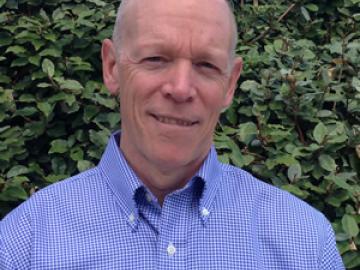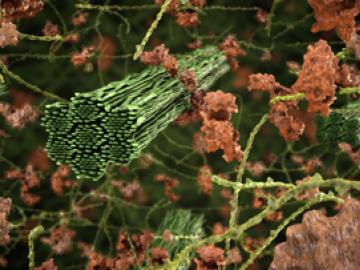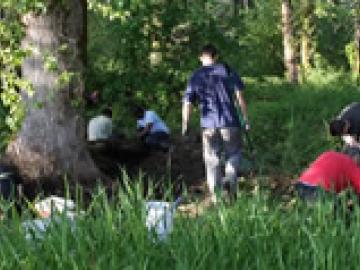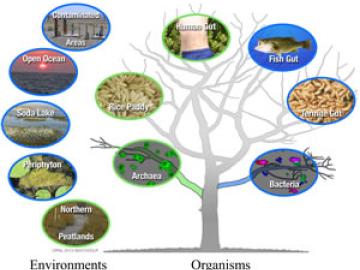Filter News
Area of Research
News Topics
Media Contacts

Robert Wagner of the Department of Energy's Oak Ridge National Laboratory has been chosen to receive the 2014 International Leadership Citation from the Society of Automotive Engineers.

The associate laboratory director for Energy and Environmental Sciences (EES) at the Department of Energy’s Oak Ridge National Laboratory and two University of Tennessee-ORNL Governor’s Chair researchers are among the newly elected fellows of the American Associa...

Jack Fellows, the new director of the Climate Change Science Institute at Oak Ridge National Laboratory, wants his organization to provide comprehensive information to policy makers and the general public to improve understanding of global climate change.

Oak Ridge National Laboratory engineers are trying to improve efficiency and performance in tiny engines in remote-controlled airplanes that have applications for aerial military surveillance.

ORNL study uses neutron scattering, supercomputing to demystify forces at play in biofuel production
Researchers studying more effective ways to convert woody plant matter into biofuels at the Department of Energy's Oak Ridge National Laboratory have identified fundamental forces that change plant structures during pretreatment processes used in the

The ability to make plants grow stronger and more quickly is a key goal in the effort to develop better biofuels and better understand plant efficiency.

Gas and oil deposits in shale have no place to hide from an Oak Ridge National Laboratory technique that provides an inside look at pores and reveals structural information potentially vital to the nation’s energy needs.

Oak Ridge National Laboratory's Center for Computational Sciences is using supercomputers to design better and less expensive solar panels that can capture the sun’s rays more efficiently and maximize power production.

Microbes that live in rice paddies, northern peat bogs and other previously unexpected environments are among the bacteria that can generate highly toxic methylmercury, researchers at Oak Ridge National Laboratory and the Smithsonian Environmental Research Center have learned.

More forms of mercury can be converted to deadly methylmercury than previously thought, according to a study published Sunday in Nature Geoscience.




